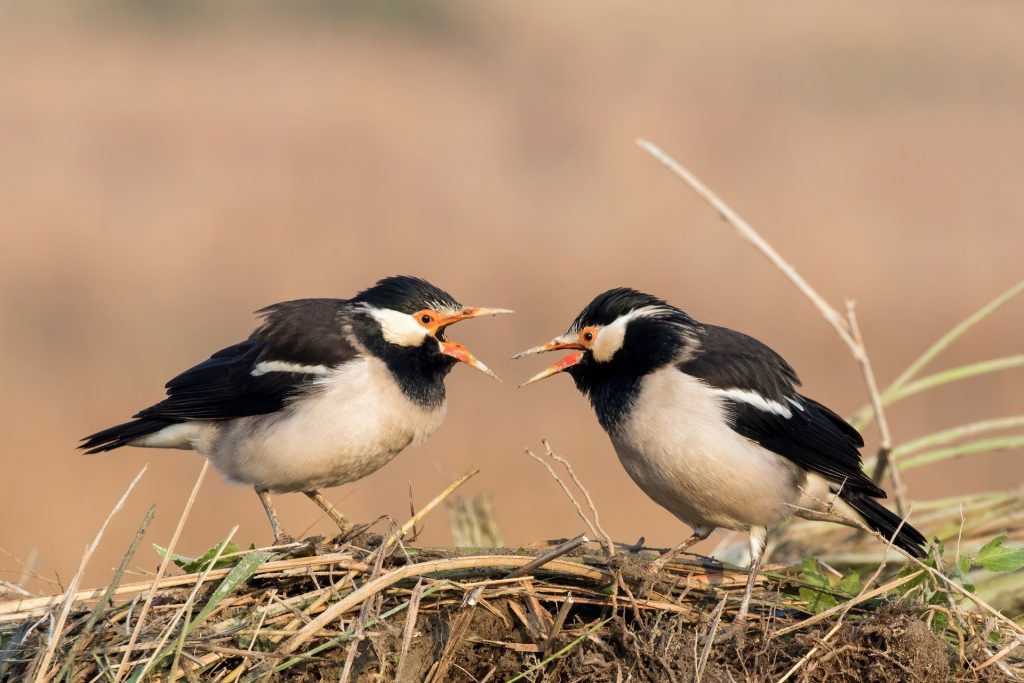New research uncovers a frozen piece of DNA that challenges centuries-old beliefs about bird evolution, revealing a more complex story of how these descendants of dinosaurs came to dominate the skies.
Others are reading now
For centuries, scientists have been piecing together the evolutionary puzzle of birds, the sole survivors of the dinosaur lineage, as they sought to map out a clear family tree of the approximately 10,000 bird species inhabiting our planet. The advent of cheap DNA sequencing technology promised a straightforward path to this goal. Yet, birds had a surprise in store, hiding a twist in their genetic tale that would challenge long-held assumptions about their evolutionary history.
A Genetic Time Capsule
In groundbreaking research published on April 1 in the Proceedings of the National Academy of Sciences and Nature, an international team of scientists revealed a startling discovery: a section of the bird genome, comprising just two percent of its total, had remained unchanged for millions of years.
This “frozen” chunk of DNA, refraining from mixing with adjacent genetic material, painted a misleading picture of bird evolution, leading researchers to believe in a simpler family tree than actually exists.
The traditional view grouped most birds into two major categories, linking flamingos and doves as close evolutionary relatives. However, the updated family tree, corrected for the misleading DNA segment, outlines four primary groups and places flamingos and doves further apart than previously thought.
Also read
Edward Braun, Ph.D., a professor of biology at the University of Florida and the senior author of the study, along with his team, stumbled upon this genetic anomaly somewhat by accident.
“My lab has been chipping away at this problem of bird evolution for longer than I want to think about,” Braun remarked. “We had no idea there would be a big chunk of the genome that behaved unusually. We kind of stumbled onto it.”
This discovery emerged from the collaborative efforts of the B10K avian genomics project, a decade-long initiative dedicated to sequencing the genomes of bird species.
Reconstructing History
The anomaly came to light when Braun and his colleagues, including Siavash Mirarab from the University of California San Diego and Josefin Stiller from the University of Copenhagen, revisited the Neoaves family tree with data from 363 species. This effort contradicted their earlier analysis based on 48 species, prompting a deeper dive into the genetic underpinnings of this discrepancy.
Their investigation revealed that the genes supporting the older family tree model were all located in one specific genomic region. This region had suppressed the usual mixing of genetic material through recombination, a process vital for generating genetic diversity in offspring. This suppression, occurring around the time the dinosaurs vanished, mistakenly suggested a closer relationship between flamingos and doves than truly exists.
Implications Beyond Birds
This genetic quirk not only reshapes our understanding of bird evolution but also hints at the possibility of similar anomalies in other species, as yet undiscovered due to the lack of extensive genomic data.
“We discovered this misleading region in birds because we put a lot of energy into sequencing birds’ genomes. I think there are cases like this out there for other species that are just not known right now,” Braun speculated, pointing to the potential for future discoveries.
Supported in part by the National Science Foundation, this research not only challenges previous assumptions about bird evolution but also underscores the complexity of nature’s tapestry, woven over millions of years.


